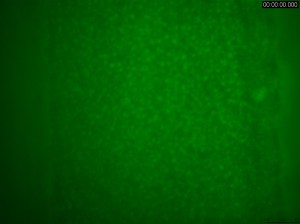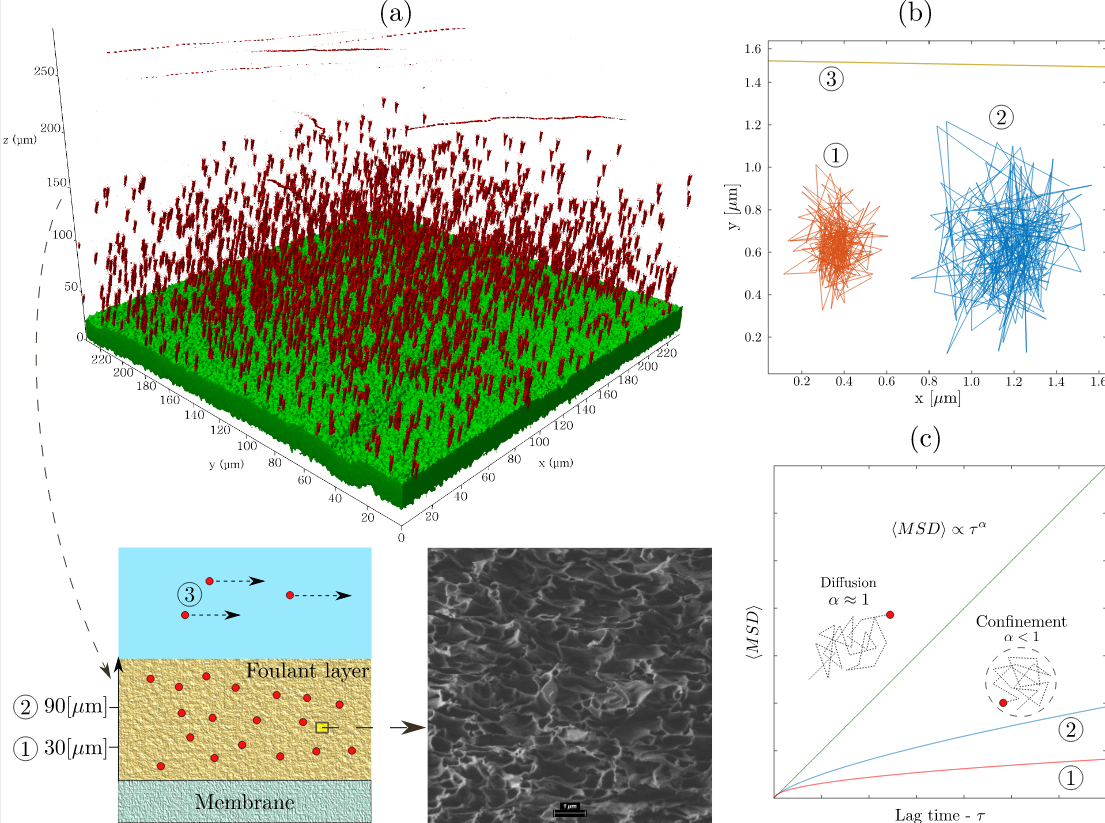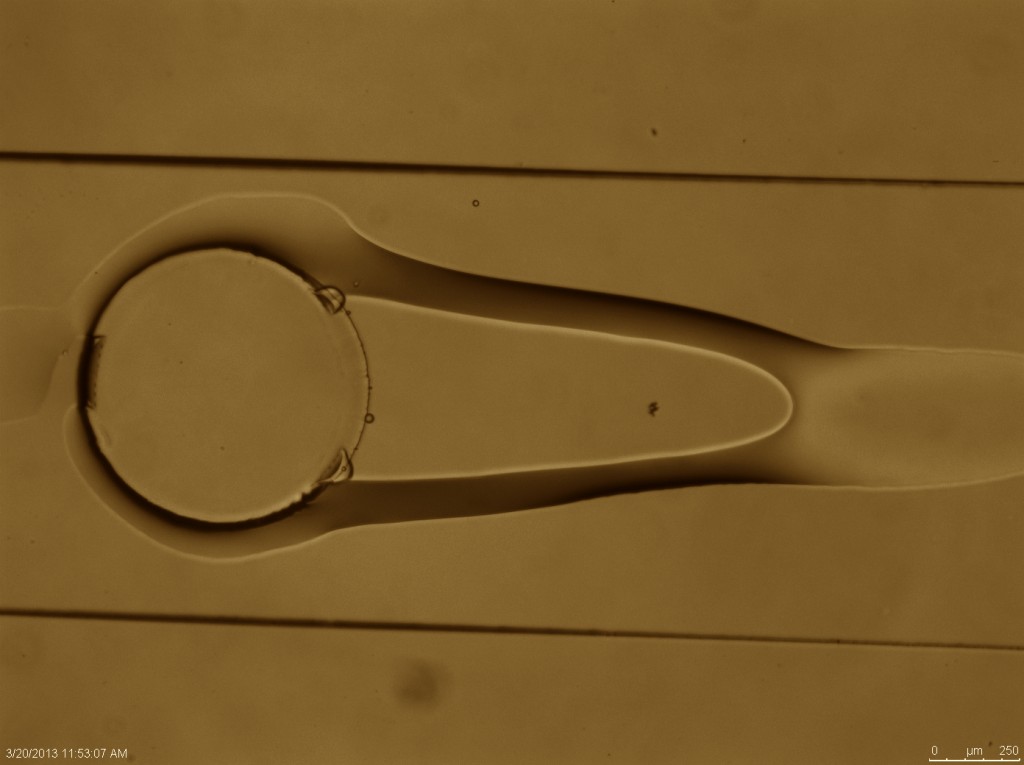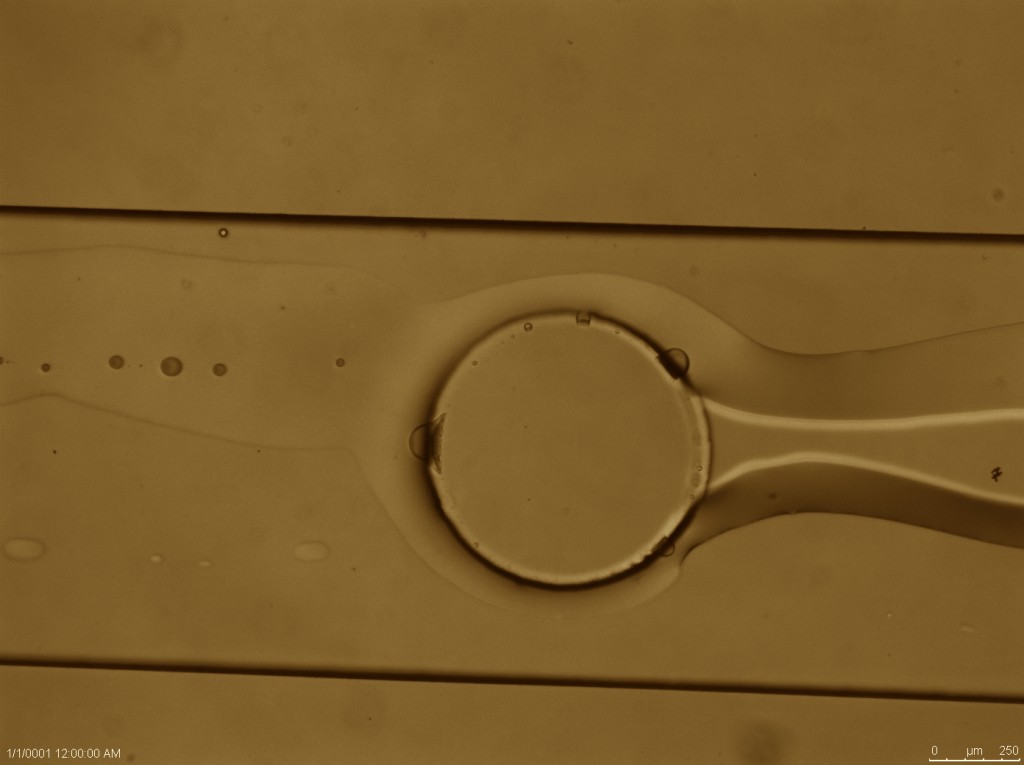Biofilms and Flow

Biofilms are widely defined as bacteria consortia embedded in a self-secreted ‘gel’ matrix, primarily composed of polysaccharides and proteins, known as EPS (Extra-cellular Polymeric Substances). As such, biofilms are highly successful in providing bacteria with several advantages for their survival and proliferation; these include adhesive and cohesive binding, ensuring stability in a flowing environment, immobilization and storage of nutrients, and protection from antibacterial compounds. As a direct consequence of this successful strategy, biofilms may be found virtually anywhere, provided some nutrients are available. This ubiquity includes both natural and engineered environments, where biofilms may play a crucial role in both a positive and a negative manner. Examples of ‘positive’ biofilms include self-purification of natural waterways, and their engineered counterparts – biofilm-based water and wastewater treatment systems. Biofilm-based processes are also being developed in the bio-technological and chemical industries as a means of producing a wide range of useful chemicals, bio-fuels as well as the direct conversion of organic waste to electricity. On the ‘negative’ side, biofilms may result in severe deleterious impact on many processes. Examples include infections triggered by biofilm development on medical implants, increased resistance of heat-exchange equipment and clogging of filtration columns, water distribution pipes, drip irrigation emitters and membrane separation modules.
We use microfluidic channels combined with microscopy so as to probe the development of biofilms under flowing conditions, with the goal of elucidating the possible response of a biofilm to external stressors. Soft colloidal deposits and gels are also used as physical surrogates for biofilms and their flow-induced deformation will be examined. Concurrently, computational fluid dynamics will be employed to provide insight on the three-dimensional flow field that evolves whenever flow obstructions are present.
Particularly interesting cases are flows over an elastically compliant surface, ranging from slow flows typical of porous media to the high pressures and permeable conditions encountered in membrane-based desalination.
The above images (left and right) show snapshots of flow around a cylindrical obstruction in a micro-fluidic channel, where an ‘inner’ visco-elastic fluid is being deformed and stretched by an outer, less viscous, fluid. Such experiments may help shed light on how and why biofilm morphologies are affected by the velocity field.
Microrheology on Membrane Surface
Soft materials are often the main components of biological and organic fouling. Complex behaviors arise from these materials when undergoing a fixed shear or stress. In our research, the soft material is analyzed when deposited on a semi-permeable surface, and therein, the permeate flux (filtration flow) and its driving force apply a particular way to stress and shear the material. Experimentally, the measurement of the soft material’s mechanical properties affected by permeate flux and its driving force is very challenging to measure at the date by using commercially available rheometry devices. We employ multiple-particle micro-rheology techniques to analyze soft materials deposited on the membrane surface by monitoring micro-scale fluorescent tracers embedded in the analyzed soft material. In particular, this technique enables an in-situ study of the deposited soft material mechanical properties. A microfluidic system is used to create and study the foulant on the membrane surface. The experimental setup includes a custom-made filtration unit with a glass window mounted on a confocal microscope to obtain high-resolution imaging of the deposited soft material and the micro-scale tracers. Our research focuses on studying how these soft materials’ mechanical properties are affected by the permeate flow and its driving force. 
In addition, we also analyze the soft material transport of solutes properties when flow goes through. Analogically, this analyzed system addresses other fields of research, being relevant to the analysis of transport through semi-permeable surfaces in biological systems and also for the theory on drug delivery strategies. A better comprehension of the deposited soft material’s rheology, being affected by the permeate flux, can shed new light on the relation between the material mechanical properties, its observed hydrodynamic resistance, and the transport of solutes through the soft material.



